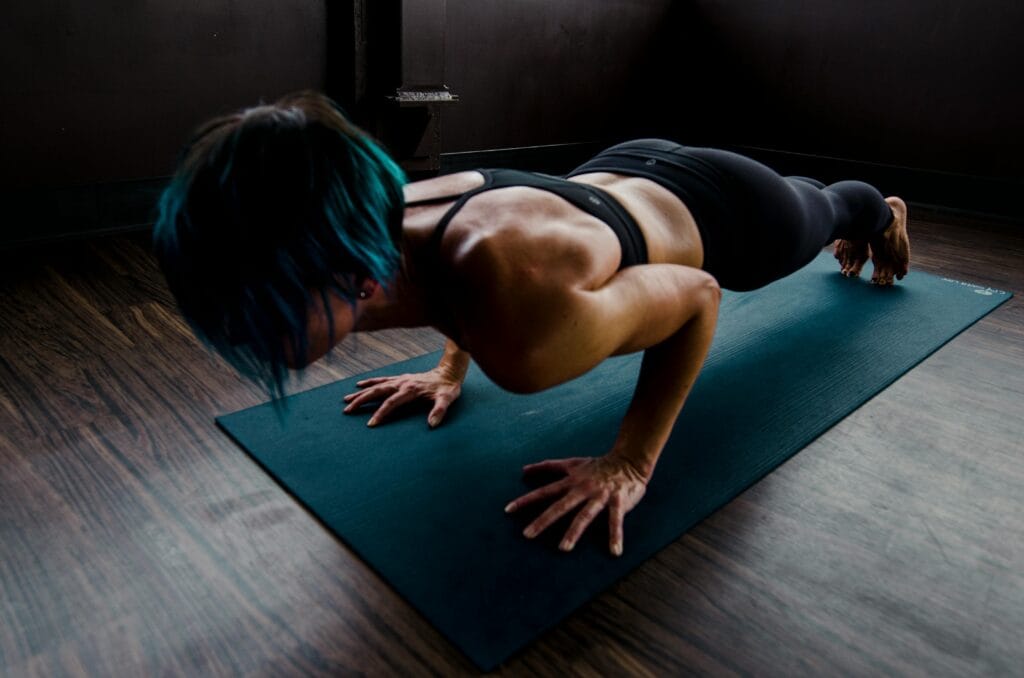
Introduction
As we age, maintaining strength and mobility becomes increasingly important for overall health and quality of life. Strength training is one of the most effective ways for seniors to stay active, improve muscle mass, and prevent age-related decline. In this article, we will explore the benefits of strength training for seniors, how to get started, the best exercises, and tips for maintaining a safe and effective routine.

Why Strength Training is Important for Seniors
Strength training is not just for younger people. It plays a vital role in maintaining health and independence as we age. Here are some key benefits:
- Prevention of Muscle Loss (Sarcopenia)
As we age, muscle mass naturally decreases. This condition, known as sarcopenia, can lead to weakness and decreased mobility. Strength training helps slow or reverse muscle loss, keeping seniors stronger for longer. - Improved Bone Density
Strength training helps increase bone density, reducing the risk of osteoporosis and fractures, which are common in older adults. - Enhanced Balance and Coordination
Strong muscles help improve balance, reducing the risk of falls and injuries—a major concern for seniors - Better Joint Health
Strengthening the muscles around the joints helps reduce joint pain and stiffness, particularly for those with arthritis. - Increased Independence
Maintaining strength allows seniors to perform everyday tasks, such as carrying groceries, climbing stairs, and getting out of a chair, with greater ease. - Boosted Mental Health
Regular exercise, including strength training, releases endorphins that reduce feelings of stress, anxiety, and depression. It also promotes better cognitive function.

How to Start Strength Training for Seniors
If you’re new to strength training, it’s essential to start slowly and build up gradually. Here are some steps to help you get started:
- Consult a Healthcare Professional
Before beginning any new exercise program, it’s important to consult with a doctor, especially if you have existing health conditions such as heart disease, arthritis, or high blood pressure. - Engage in a Class or Work with a Trainer
- Working with a certified personal trainer or enrolling in a fitness program tailored for senior citizens might be beneficial for seniors who are not accustomed with strength training. They can offer you advice on appropriate progression, form, and technique.
- Begin with exercises using your body weight.
Before advancing to weights, start with movements like push-ups, lunges, and squats that use your body weight as resistance to establish a strong foundation. - Advance Gradually
As your strength increases, progressively increase the weight or resistance from the lightest weights or resistance bands.
Best Strength Training Exercises for Seniors
These senior strength training routines work a variety of muscle groups and are quite effective. You can do these workouts in a gym or at home.
| Exercise Name | Targeted Muscle Group | Benefits | How to Perform |
| Squats | Legs and glutes | Builds lower body strength, improves balance | Stand with feet shoulder-width apart, lower hips like sitting in a chair, and return to standing. |
| Wall Push-Ups | Chest, shoulders, triceps | Strengthens upper body and improves posture | Stand facing a wall, place hands on the wall, and push your body away from the wall, then return. |
| Seated Leg Lifts | Core, lower back, legs | Strengthens core and improves posture | Sit on a chair, lift one leg, hold for a few seconds, lower, and repeat with the other leg. |
| Dumbbell Bicep Curls | Biceps | Builds arm strength and helps with everyday tasks | Hold a light dumbbell in each hand and curl your arms upward. |
| Standing Heel Raises | Calves | Improves balance and lower leg strength | Stand and raise your heels off the ground, then slowly lower them back down. |
| Seated Shoulder Press | Shoulders and upper arms | Increases shoulder strength and stability | Attach a resistance band to a sturdy object, pull the band toward your body, then release. |
| Resistance Band Rows | Upper back and shoulders | Strengthens back muscles, improves posture | Sit in a chair, hold dumbbells at shoulder height, and press them overhead, then lower. |









